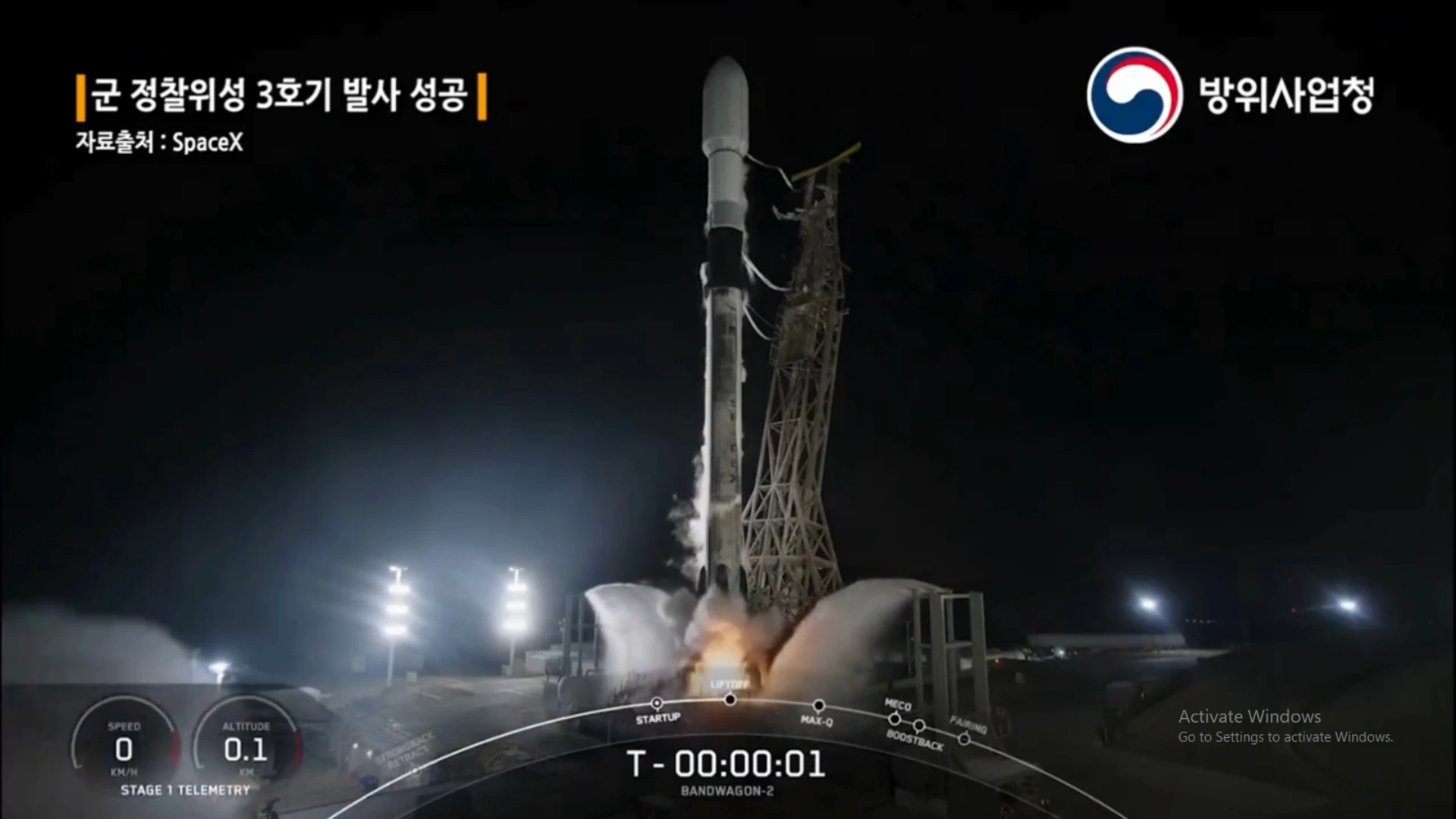The 75th anniversary NATO summit, originally intended as a showcase of alliance strength, has convened amidst significant geopolitical and internal political strains. Leaders from the 32-nation transatlantic alliance, alongside invited guests from Australia, Japan, New Zealand, and South Korea, gather in Washington amidst heightened tensions and strategic recalibrations.
US President Joe Biden, grappling with political fallout following a contentious debate with NATO skeptic Donald Trump, shifts focus to hosting the summit from Tuesday onwards. The gathering, set against the backdrop of Russia’s ongoing aggression in Ukraine, seeks to reaffirm NATO’s collective defense while addressing internal discord and external threats.
A focal point of the summit is Ukrainian President Volodymyr Zelensky, seeking concrete assurances of NATO support despite the alliance’s stance against immediate membership for Ukraine. Founded in 1949 to counter Soviet influence, NATO’s response to Russia’s invasion of Ukraine in 2022 has rekindled its original mission of collective defense.
While Ukraine initially held off Russian advances, recent setbacks in the east have underscored the fragile nature of its resistance. European officials acknowledge a somber mood preceding the summit, with concerns over Russia’s patient military strategy and NATO’s capacity to respond effectively.
Max Bergmann, director of the Europe, Russia, and Eurasia program at the Center for Strategic and International Studies, describes the summit as occurring “at the best of times, and the worst of times.” He notes NATO’s commitment to deter Russia amidst challenges of internal cohesion and wavering US support.
Former US President Donald Trump’s lingering influence casts a shadow over the proceedings, having criticized NATO as burdensome to the US and expressing admiration for Russian President Vladimir Putin. Trump’s resurgence in polls adds an unpredictable element to NATO’s deliberations, coinciding with political shifts in France and Hungary that may complicate alliance unity.
The summit also marks the debut of British Prime Minister Keir Starmer, navigating Labour Party’s recent electoral success amidst broader NATO discussions. Outgoing NATO Secretary-General Jens Stoltenberg emphasizes European leadership in coordinating military aid to Ukraine, aiming to bolster Kyiv’s defenses against Russian aggression.
Efforts to “Trump-proof” NATO include calls for substantial annual military aid to Ukraine, aiming to ensure sustained support amid US policy fluctuations. Biden’s administration, despite opposing Ukrainian NATO membership during ongoing conflict, has committed significant financial and military aid to Ukraine, highlighting a strategic partnership over formal alliance accession.
The summit coincides with Finland and Sweden’s formal entry into NATO, prompted by Ukraine’s invasion and subsequent security concerns. Diplomatic efforts seek to navigate past tensions from previous summits, particularly regarding Ukraine’s aspirations for NATO membership and the alliance’s response.
Ukrainian officials acknowledge the summit’s limitations in altering NATO’s membership stance but welcome continued US assistance through a long-term security agreement. With Biden’s administration preparing new military aid announcements, NATO’s strategic unity and operational efficacy remain crucial amidst evolving global security dynamics.
As leaders convene for what promises to be a pivotal summit, NATO faces a dual challenge of reaffirming collective security commitments while navigating complex geopolitical landscapes and internal political dynamics.







